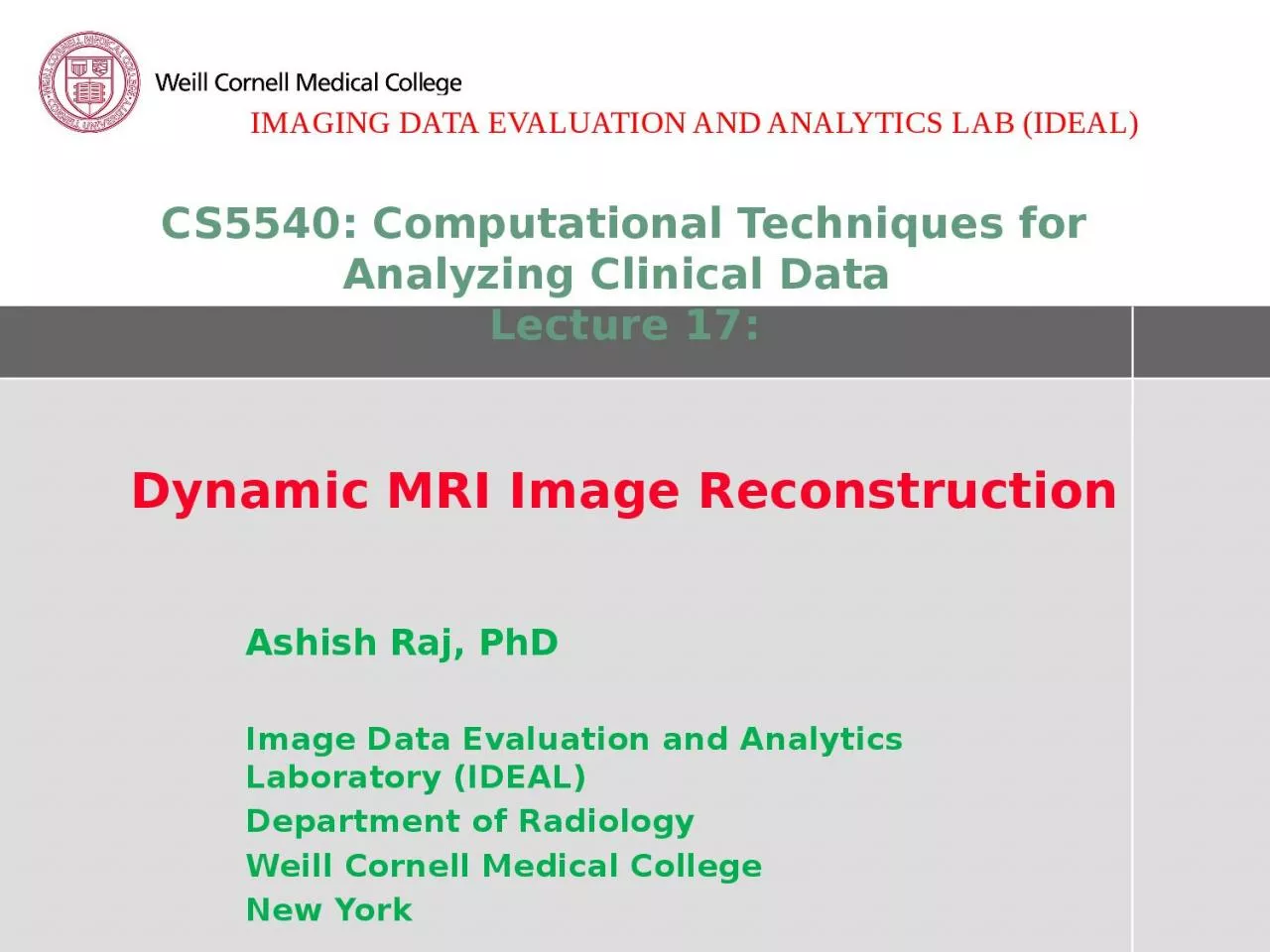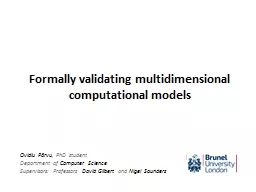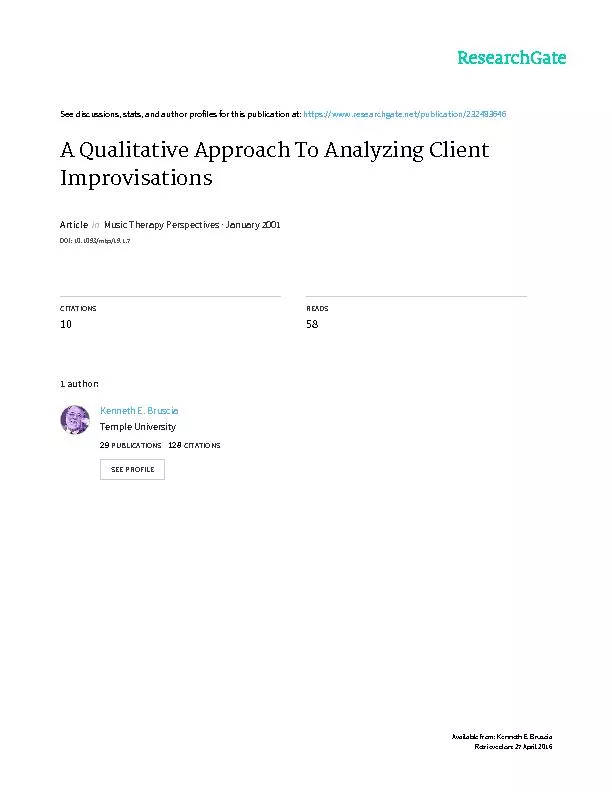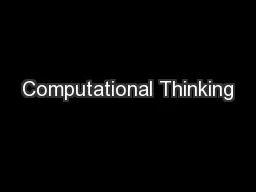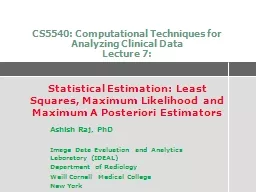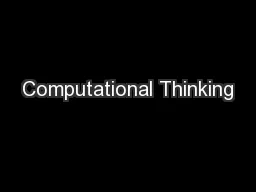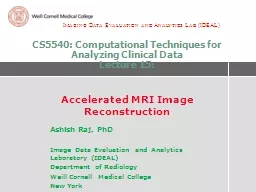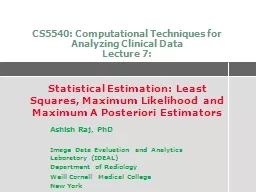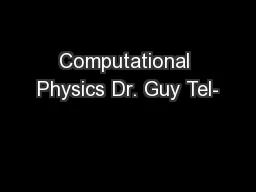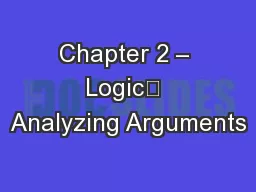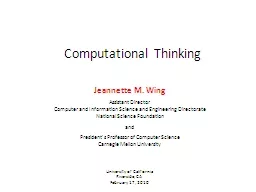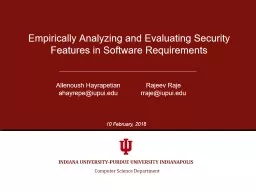PPT-CS5540: Computational Techniques for Analyzing Clinical Data
Author : SunshineSmiles | Published Date : 2022-07-27
Lecture 17 Dynamic MRI Image Reconstruction Ashish Raj PhD Image Data Evaluation and Analytics Laboratory IDEAL Department of Radiology Weill Cornell Medical
Presentation Embed Code
Download Presentation
Download Presentation The PPT/PDF document "CS5540: Computational Techniques for Ana..." is the property of its rightful owner. Permission is granted to download and print the materials on this website for personal, non-commercial use only, and to display it on your personal computer provided you do not modify the materials and that you retain all copyright notices contained in the materials. By downloading content from our website, you accept the terms of this agreement.
CS5540: Computational Techniques for Analyzing Clinical Data: Transcript
Download Rules Of Document
"CS5540: Computational Techniques for Analyzing Clinical Data"The content belongs to its owner. You may download and print it for personal use, without modification, and keep all copyright notices. By downloading, you agree to these terms.
Related Documents

